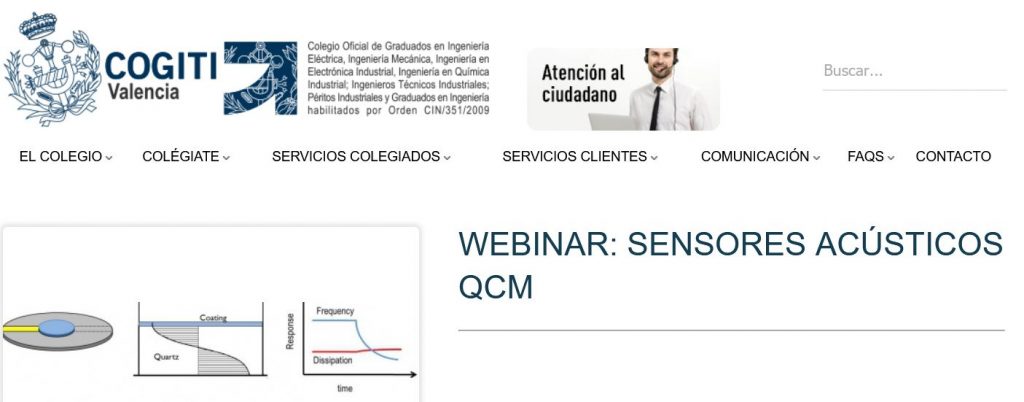Publication Title: Hydrodynamics of Quartz-Crystal-Microbalance DNA Sensors Based on Liposome Amplifiers
Journal: Phys. Rev. Applied 13, 064059 – Published 24 June 2020
Communication Type: Scientific Publication
By: Vázquez-Quesada, Marc Meléndez Schofield, Achilleas Tsortos, Pablo Mateos-Gil, Dimitra Milioni, Electra Gizeli, and Rafael Delgado-Buscalioni
Institute of Molecular Biology and Biotechnology, FORTH, , Greece
DOI: https://doi.org/10.1103/PhysRevApplied.13.064059
Abstract:
The quartz-crystal microbalance (QCM) has become an important technique for the detection of biomolecules and their interactions. Acoustic sensing of DNA requires hybridizing the oligonucleotide chain with a nanoparticle that acts as an acoustic amplifier. In this device, the amplifier remains suspended in the liquid, nanometers away from the surface. The hydrodynamics of nonadsorbed nanoparticles in QCM sensing devices has, however, been overlooked in the literature. Here, we show that the acoustic response (shifts in frequency, Δf, and dissipation, ΔD) of the amplifier-target complex is determined by the hydrodynamic wall stress. Our study focuses on an alternative type of DNA sensor based on liposome-DNA complexes and provides a theoretical analysis backed up by experiments with 1-palmitoyl-2-oleoyl-sn-glycero-3-phosphocholine liposomes. The target DNA strands are attached on one side to surface-adsorbed neutravidin through a biotin linker, while the other side is anchored to a liposome acting as an amplifier. A range of liposome radii and double-stranded-DNA contour lengths are studied, covering sizes up to the wave penetration depth (δ∼100nm). Simulations, based on the immersed boundary method and an elastic-network model, are in excellent agreement with the experiments. We derive an analytical expression for the acoustic impedance, which reflects strong signal amplification as the liposome gets closer to the wall. This enhancement is due to hydrodynamic reflection: the ambient flow induces a stress on the liposome surface, which propagates back to the resonator. For this reason, acoustic signals are extremely sensitive to the distribution of the liposome-wall distance (which we determine from the mechanical properties of double-stranded-DNA chains). Our approach helps in deciphering the role of hydrodynamics in acoustic sensing and reveals the role of parameters hitherto largely unexplored. A practical consequence may be improvements in the design of biosensors and detection schemes.



About The Author: Maribel Rocha
More posts by Maribel Rocha